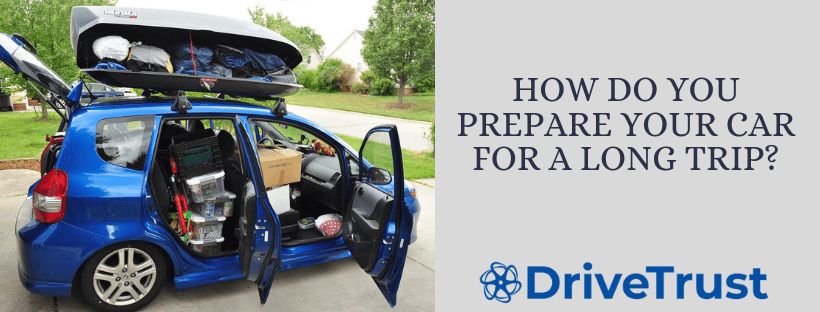Aggressive driving is a serious concern and a real threat to the safety of all road users. In some extreme cases, this can lead to road rage, which is a violent criminal act involving the intent to cause physical harm. Any dangerous, intentional and malicious driving, or driving without consideration for safety, can be considered as aggressive driving.
Aggressiveness occurs when drivers put pressure on themselves because they want to reach their destination as quickly as possible or because they feel provoked by other road users. Frustrations at work or in everyday life can also lead to aggressive behaviour on the road.
What are the types of aggressive behaviors?
- Headlight calls/blinkers/horns
- Tighten the vehicle in front, follow it far too closely
- Deliberately refusing priority to cyclists or pedestrians
- Brake unnecessarily or block the passing lane
- Making obscene gestures, insulting
How to avoid aggressiveness?
- Be aware that by driving aggressively, you will not reach your destination faster, but will become a danger to yourself and others.
- Don’t put yourself under pressure
- Only drive if you are in good physical condition (tiredness, thirst, hunger or stress are also factors that can lead to aggressive behaviour.)
- Be tolerant of yourself and others: we all make mistakes, including you.
By your tolerance, you improve the atmosphere on the roads and contribute to reducing the number of accidents.
How to deal with the aggressive drivers?
- Stay calm. Put yourself in the position of the “aggressive” driver, there may just be a misunderstanding.
- Make way and let the other aggressive driver pass
- Do not tailgate.
- Always be polite, even if the other person is not.


